PPT-Jewish Festivals and Holy Days
Author : calandra-battersby | Published Date : 2017-07-25
Rosh Hashanah Rosh Hashanah Refers to the Jewish New Year celebration Begins around September Jews gather in the synagogue where they declare God king again
Presentation Embed Code
Download Presentation
Download Presentation The PPT/PDF document "Jewish Festivals and Holy Days" is the property of its rightful owner. Permission is granted to download and print the materials on this website for personal, non-commercial use only, and to display it on your personal computer provided you do not modify the materials and that you retain all copyright notices contained in the materials. By downloading content from our website, you accept the terms of this agreement.
Jewish Festivals and Holy Days: Transcript
Download Rules Of Document
"Jewish Festivals and Holy Days"The content belongs to its owner. You may download and print it for personal use, without modification, and keep all copyright notices. By downloading, you agree to these terms.
Related Documents

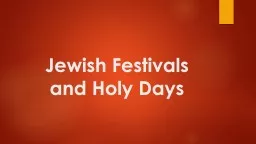

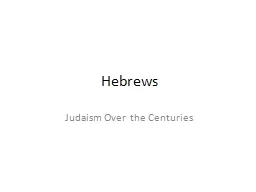
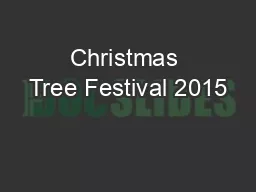
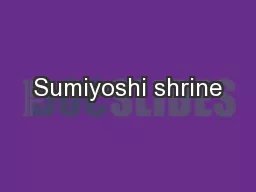
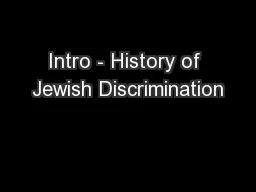
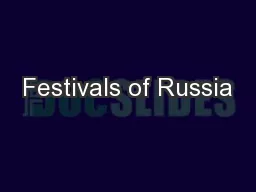
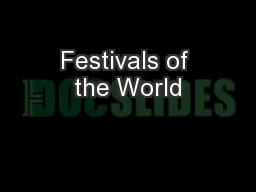
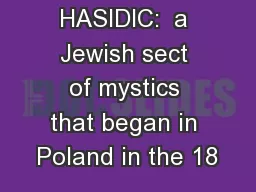
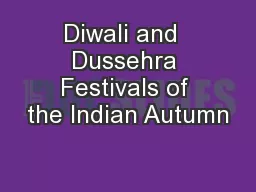
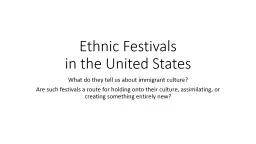
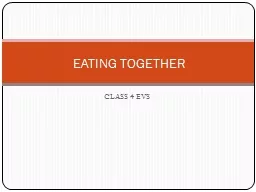
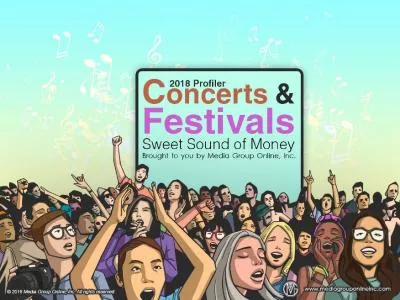
![Read ebook [PDF] Jewish Marriage Contract a Study in the Status of the Woman in Jewish](https://thumbs.docslides.com/1019655/read-ebook-pdf-jewish-marriage-contract-a-study-in-the-status-of-the-woman-in-jewish-law.jpg)